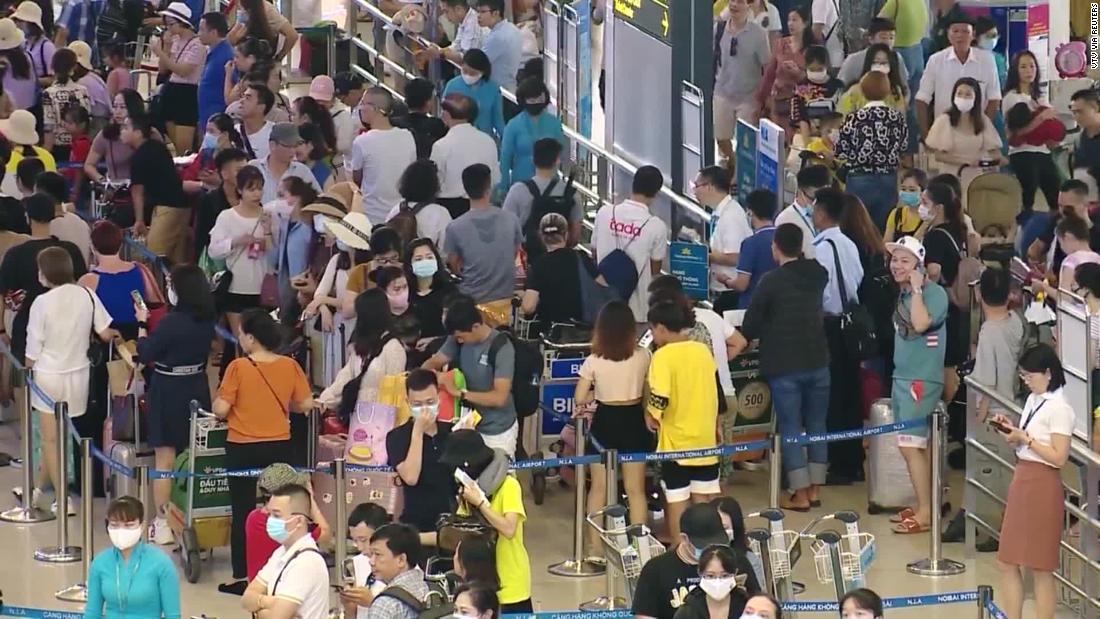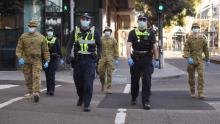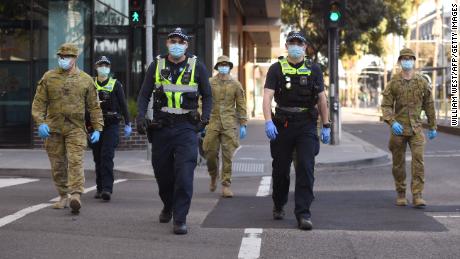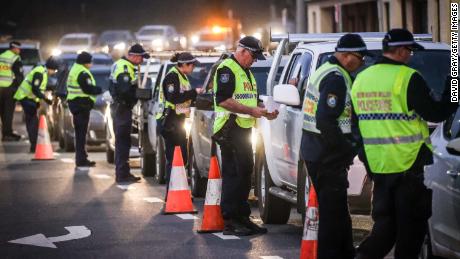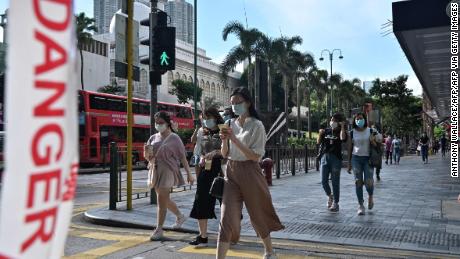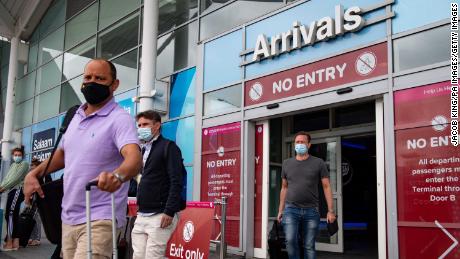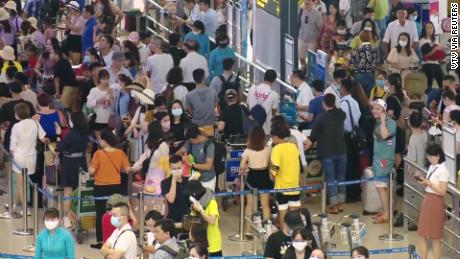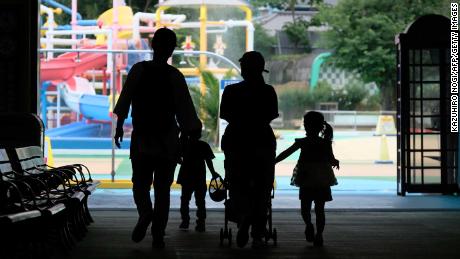The renewed outbreaks serve as a stark warning to global leaders of how quickly an apparent success story can unravel.
Just a few months ago, Australia was being lauded for its pandemic response.
Like the US, it closed its borders to foreign visitors who had recently been in China. As the virus spread, the government on March 19 closed its borders to all non-citizens and non-residents. Stricter curbs on social gatherings, expanded testing, and restaurant and bar closures followed as cases rose, with some states sealing their borders.
For a while, the outbreak was considered broadly under control.
But Covid-19 cases in the state of Victoria have spiked in recent weeks. The state recorded 671 new cases in a single day on Saturday, prompting state premier Daniel Andrews to declare a “state of disaster” on Sunday.
Thirteen new deaths were announced on Monday, bringing Victoria’s total to 136, and a total of 11,937 confirmed infections, according to the state’s chief health officer, Professor Brett Sutton.
The border between Victoria and New South Wales — Australia’s two most populous states — was closed for the first time in 100 years in July.
Only one person is allowed to leave each home once a day — outside of curfew hours — to pick up essential goods, and they must stay within a 5 kilometer (3.1 miles) radius of their home.
Hong Kong
The government took further action to curb a second wave in March when Hong Kong residents began returning to the city, bringing the virus back with them. Authorities barred non-residents from entering Hong Kong, halted transit through the city’s airport, and implemented strict quarantine and testing on arrivals.
For many weeks, daily virus cases were down to single digits, and sometimes zero.
But despite these measures, Hong Kong has seen more than 1,000 new cases in recent weeks, and health officials have warned of a potential crisis if the outbreaks are not brought under control.
The city reported 80 new cases and two deaths on Monday — the first time in nearly two weeks that cases have dropped below triple digits — bringing the city’s total to 3,590 cases and 37 deaths.
Hong Kong’s Asia World-Expo center has been turned into a makeshift hospital with 500 beds; it began receiving coronavirus patients on Saturday afternoon, according to the Hong Kong government.
Germany
Europe’s poster child for how to handle a pandemic has hit rough waters in recent weeks.
Back in March, when more than 4% of patients with coronavirus were dying worldwide, Germany’s Covid-19 mortality rate stood at just 0.4%.
Over the months that followed, the country appeared to thwart the outbreak, thanks to its rapid response, mass testing and Chancellor Angela Merkel’s calm, clear communication of what was at stake.
Authorities recorded 955 new cases last Friday, the highest figure since the beginning of May, according to its center for disease control, the Robert Koch Institute.
The latest uptick has been attributed to laxer enforcement of distancing and hygiene rules, as well as travelers returning from abroad, prompting the health ministry to offer free coronavirus tests to travelers coming into the country. Tests will be mandatory for those returning from high-risk countries.
Vietnam
The country of 97 million lifted social distancing rules in April after a three-week national lockdown.
Vietnam’s initial success at containing the virus was thanks to an aggressive strategy of early screening of passengers at airports along with a strict quarantine and monitoring program.
Yet after nearly 100 days with no cases, last month Vietnam saw its largest single-day increase in infections since the pandemic hit the country in late January.
Three residents caught the virus in the central city of Da Nang, prompting the government to evacuate some 80,000 tourists in the area, suspend domestic flights to the city, and reimpose social distancing measures.
As of Monday, a total of 103,268 people who have had close contact with patients or came from pandemic-hit areas have been placed under quarantine, according to the state-run Vietnam News Agency.
Japan
On May 25, Prime Minister Shinzo Abe lifted the country’s state of emergency, saying in a briefing that “we were able to end the outbreak in about one month and a half with Japan’s own way.” He said the nation would gradually increase social and economic activities to create a “new life” with the coronavirus.
But the country now faces a resurgence of the virus, recording some of its worst numbers since the pandemic began.
On Sunday, Japan recorded 1,331 new coronavirus cases — the fifth day in a row the country had recorded daily increase of over 1,000 infections, pushing the country’s total to 39,399 cases and 1,025 deaths.
New research from Japan suggests that many coronavirus clusters outside of hospitals may have been started by people who are younger than 40 or don’t feel sick, underscoring the importance of measures, such as face coverings, to slow the spread.
CNN’s Vanessa Yung, Isaac Yee, Angus Watson, James Griffiths, Helen Regan, Fred Pleitgen, Sol Han, Yoko Wakatsuki, Junko Ogura, Kaori Enjoji, Tomas Etzler, Ivana Kottasova and Oren Liebermann contributed reporting.

